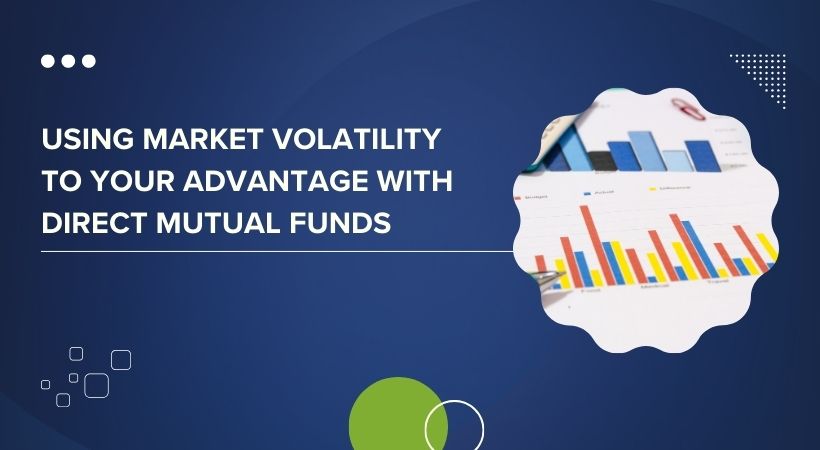Volatility is a natural part of the market cycle—but while many investors see it as a threat, smart investors know how to use it to their benefit. If you’re managing your own portfolio with direct mutual funds, you already have one advantage: lower costs. Add a second layer—rebalancing during drawdowns—and you could boost your returns without increasing your risk.
Understanding Market Volatility
Markets never move in a straight line. Corrections, crashes, and rallies are all part of long-term investing. Volatility, or the up-and-down movement in asset prices, is often misunderstood. Instead of fearing it, investors should understand that volatility presents opportunities—especially to rebalance portfolios and capitalize on lower valuations.
What is Rebalancing?
Rebalancing is the act of resetting your portfolio back to its original asset allocation when market movements cause it to drift.
For example, let’s say your intended asset mix is:
- 70% equity mutual funds
- 30% debt mutual funds
Now imagine there’s a sharp 20% correction in equity markets. Your portfolio may now look like:
- 60% equity
- 40% debt
This is the time to buy low by reallocating some of your debt investments back into equity to restore the 70:30 balance.
Later, if markets rally and equities rise to 80%, you would sell high, moving some gains to debt and protecting your downside.
Why Direct Mutual Fund Investors Are Better Positioned
When you invest in direct mutual funds, you:
- Avoid distributor commissions
- Have complete control over your asset mix
- Can act quickly without intermediary delays
- Pay lower expenses, leaving more money to compound
Most importantly, you’re more empowered to take advantage of rebalancing opportunities, especially during market dips.
Rebalancing Through SIPs
Even if you’re investing via SIPs, you can use market volatility to your advantage:
- Increase SIPs in equity funds when the market dips.
- Pause or reduce debt SIPs temporarily to redirect flows into underperforming assets.
- Avoid stopping SIPs out of fear—volatility is exactly when SIPs work best by buying more units at lower NAVs.
Rebalancing doesn’t always mean selling. It can also be done through differential SIP adjustments to restore the desired asset allocation.
Example: Rebalancing During a Drawdown
Let’s say:
- You had ₹7 lakh in equity and ₹3 lakh in debt (70:30 allocation).
- A 20% equity fall brings equity value down to ₹5.6 lakh.
- New ratio: 65% equity, 35% debt.
To rebalance:
- Move ₹40,000–₹70,000 from debt to equity to restore 70:30.
When markets recover, you’ll benefit from buying equity at a lower NAV—amplifying your gains in the long term.
Common Mistakes to Avoid
- Panic selling during dips – It locks in losses.
- Ignoring asset drift – Leads to overexposure to risk or missing out on upside.
Over-rebalancing – Don’t rebalance every small fluctuation; stick to annual or semi-annual reviews or when the asset allocation drifts by more than 5%.
Conclusion
Market volatility is not something to run from—it’s something to work with. If you’re a direct mutual fund investor, you already save more through lower expenses. By strategically rebalancing during market drawdowns, you can go a step further: buy low, sell high, and grow smart.
Review your asset allocation. If markets have moved significantly, see if your portfolio needs rebalancing. Even a simple move like adjusting SIPs can help you make volatility work in your favor.
Author: Swapnil Kulkarni
Co-Founder, PriceBridge – A PMS of Ayan Analytics Pvt. Ltd.
Swapnil has over 17 years of experience in wealth management and is a nominee for the CNBC TV18 Financial Advisor Awards (2010). He specializes in mutual fund strategies and portfolio design, with a focus on empowering investors to take informed, disciplined decisions for long-term wealth creation.




